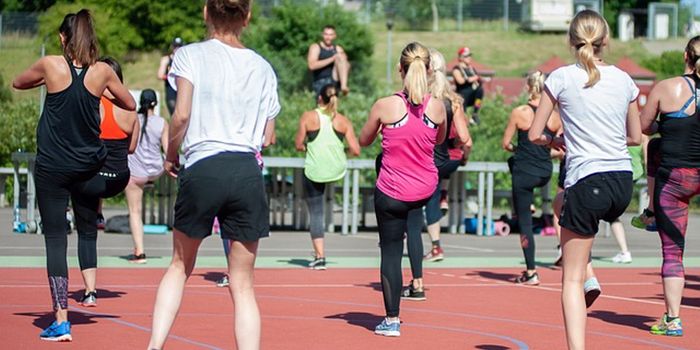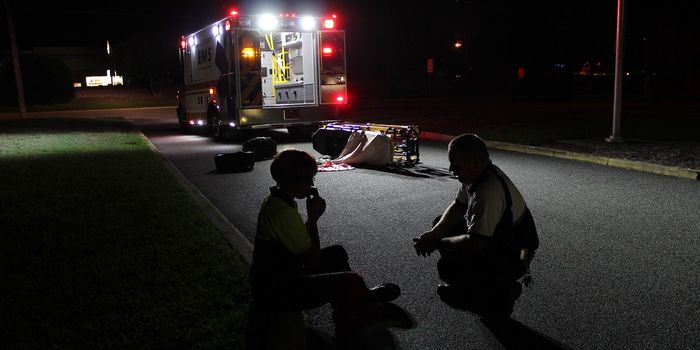Healthy Aging Through Managing Heart Risks
New research published in the Journals of Gerontology has shown that managing heart disease risk factors throughout life leads to better physical functioning in old age.
The longitudinal study included almost 2,500 participants in the Framingham Heart Study. During the study, participants had their gait speed or grip strength measured along with their aortic stiffness or brachial artery function. Gait speed and grip strength are common measures of physical function that can help determine mobility, disability, and overall strength. Aortic stiffness and artery function are measures of blood vessel dynamics that can serve as a measure of cardiovascular health.
The results of the study showed that vascular measures were associated with grip strength in the cross-sectional analysis and gait speed in the longitudinal analysis. Of particular note, greater aortic stiffness was associated with a loss of physical function over approximately 11 years. Aortic stiffness, or the elasticity of blood vessel walls, tends to increase with age, but studies have shown that it can decrease and be reversed by aerobic activity.
One of the authors of the study noted that approximately 10% of older adults have muscle weakness and diminished physical function. Much of this loss may be due to suboptimal cardiovascular health. To improve and maintain heart health throughout one’s lifetime, the American Heart Association recommends eight essential behaviors: eat well, be more active, quit tobacco, get better sleep, manage your weight, control your cholesterol, manage your blood sugar, and manage your blood pressure. Since decreased aortic stiffness has been associated with increased aerobic activity, exercise may be a particularly important part of maintaining heart health and physical function as we age.
Sources: Journals of Gerontology, SciTechDaily, AHA








